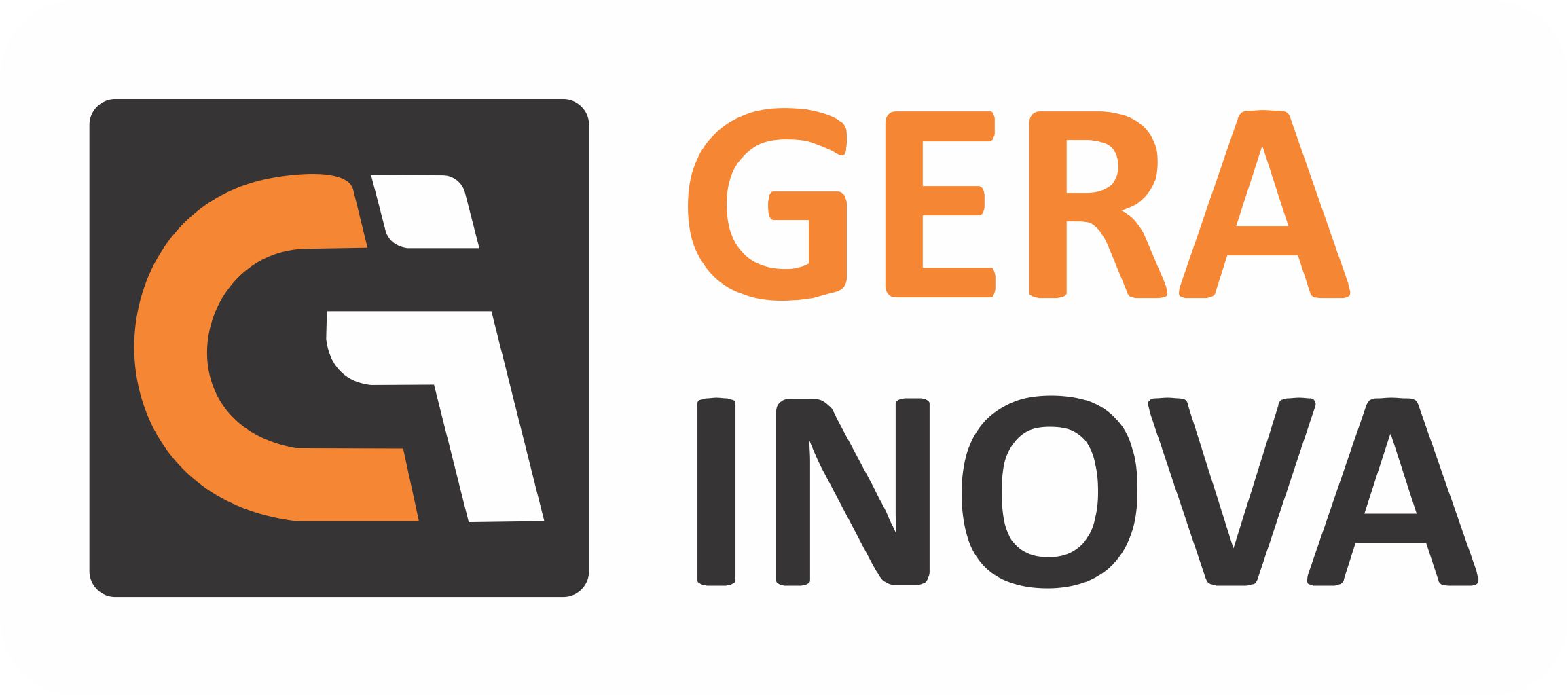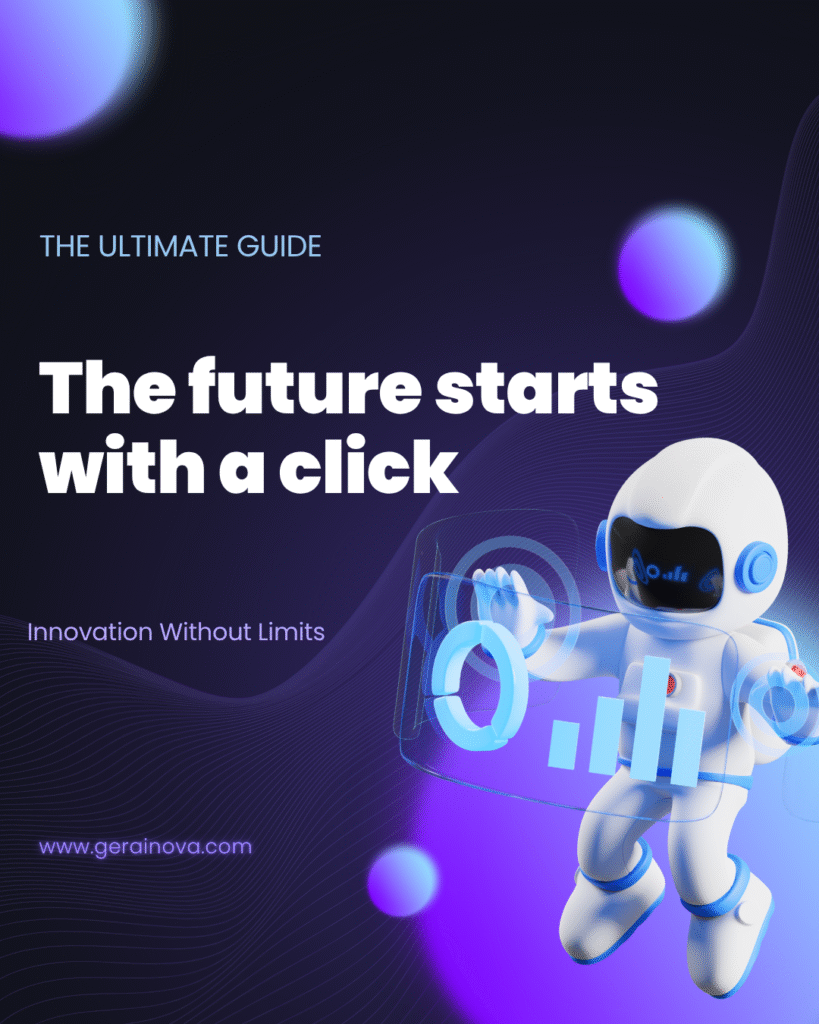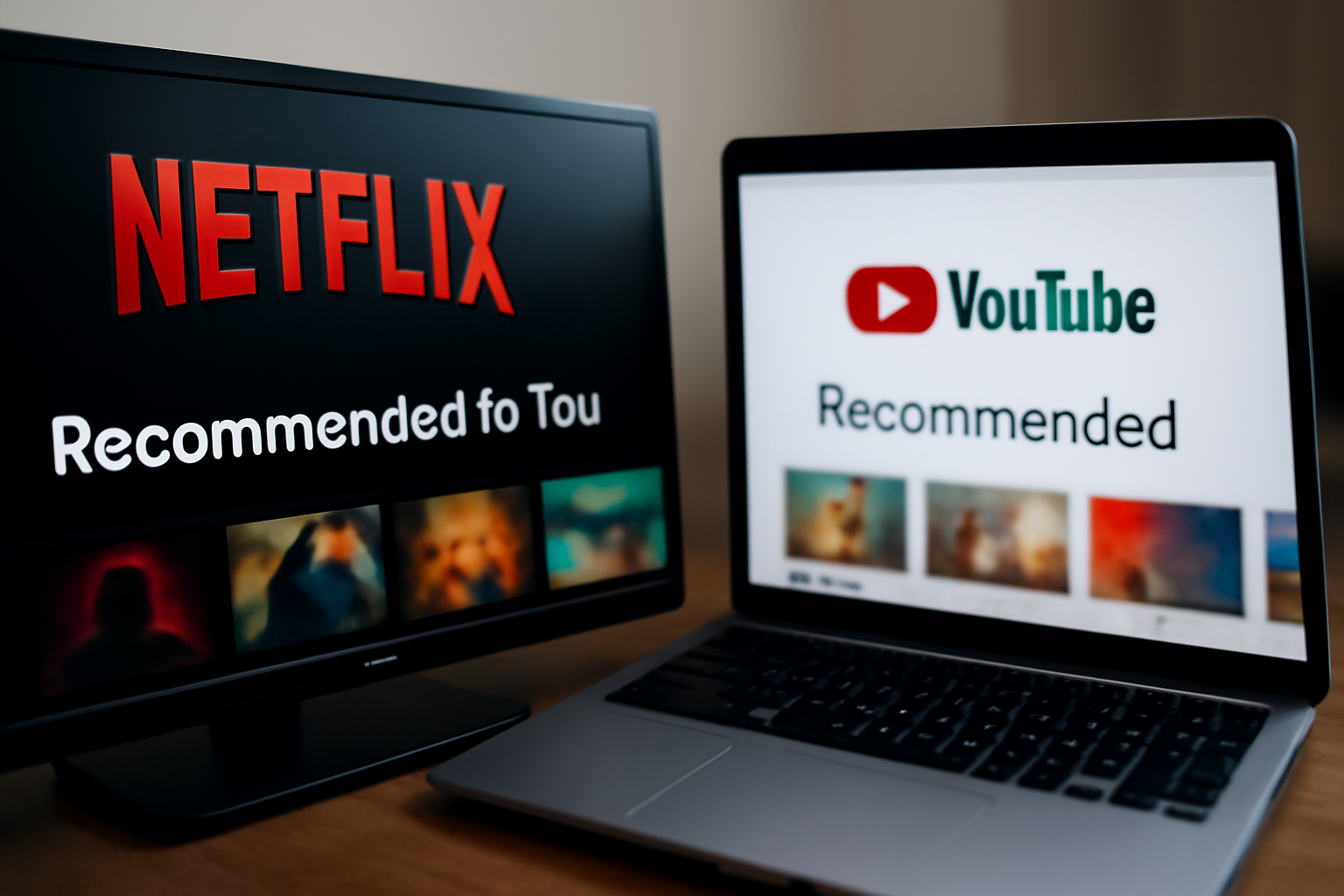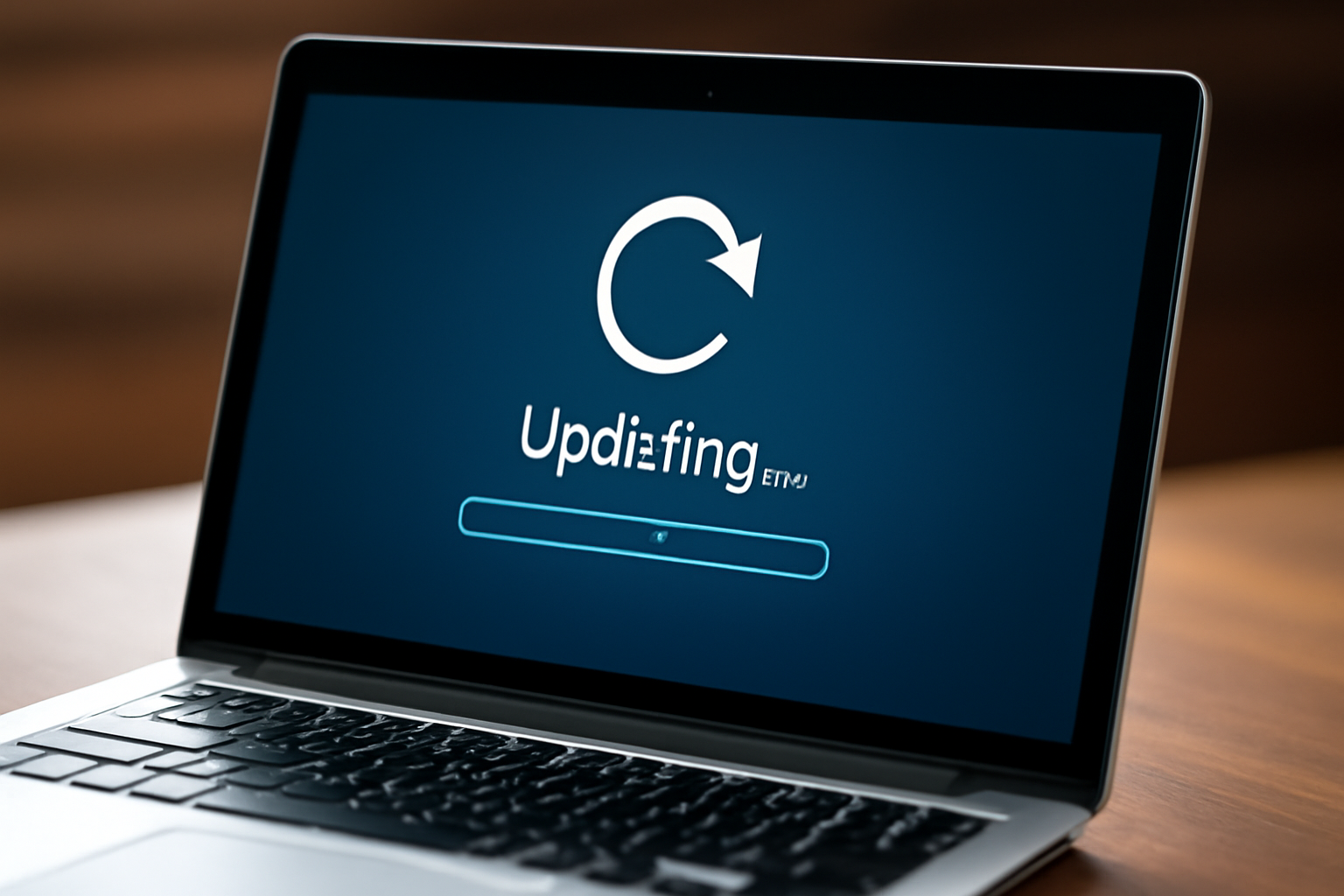The Invisible Hand Behind Your Feed
Every time you scroll through Instagram, like a video on TikTok, or read a post on Facebook, you’re interacting with something invisible yet incredibly powerful: an algorithm. These complex sets of rules determine what content you see, in what order, and how often. For many users, this process feels like magic — but behind the scenes, it’s a precise and ever-evolving blend of data, predictions, and programming.
Understanding how social media algorithms work isn’t just for tech insiders. Whether you’re a content creator, a digital marketer, or just someone curious about why certain posts keep showing up on your feed, this knowledge can empower you to make smarter online choices.
Let’s explore how these digital decision-makers operate, how they’ve evolved, and what it means for your digital experience.
What Is a Social Media Algorithm?
A social media algorithm is a set of mathematical rules and machine learning models that determine which content appears in a user’s feed. Instead of showing posts chronologically (like in the early days), platforms now tailor content based on individual preferences, behaviors, and interactions.
Each platform has its own unique algorithm, but they all share one core goal: to keep users engaged for as long as possible. More time on the app means more ads shown — and more revenue for the company.
Why Algorithms Exist
When social media was still in its infancy, feeds were chronological. As platforms grew, users followed more people, brands, and topics, making it impossible to see everything in real-time. Algorithms were introduced to sort the content so users wouldn’t miss what mattered most to them.
Key Purposes:
- Content Curation: Help users see relevant content first.
- User Retention: Keep people coming back.
- Ad Optimization: Show ads more effectively to the right users.
Algorithms also reduce information overload by prioritizing content that’s most likely to resonate with each user. Without them, feeds would be cluttered and chaotic.
Key Inputs That Influence What You See
Though the exact formulas are closely guarded secrets, we do know what types of data social media algorithms use to rank content.
1. User Behavior
- Likes, comments, and shares: Engaging with a post sends a strong signal of interest.
- Watch time: How long you view a video matters more than whether you clicked on it.
- Profile visits: Looking at someone’s profile often may suggest you’re interested in their content.
- Saves and replays: Especially important for platforms like Instagram and TikTok.
2. Content Type
- Video, image, or text: Platforms may prioritize certain formats. For example, Instagram favors Reels, while LinkedIn may boost text posts.
3. Post Recency
- Time since published: Most algorithms still consider how recent a post is, even if they aren’t strictly chronological.
4. Relationship Signals
- Friendships, follows, and DMs: If you frequently interact with someone, their content is more likely to appear.
5. Topic Relevance
- Hashtags, keywords, and audio tracks: These help categorize content so it can be shown to people with matching interests.
- Trending topics: Content that aligns with current trends is more likely to be promoted.
How Major Platforms Use Algorithms
Facebook’s algorithm, known as “News Feed Ranking,” prioritizes content from friends, family, and groups over businesses or pages. It considers signals like:
- Interaction history
- Post type (video, image, text)
- Engagement predictions (likelihood to comment or share)
Facebook also penalizes content considered clickbait or misleading and boosts posts that generate “meaningful interactions,” such as comments and shares over mere likes.
Owned by Meta, Instagram uses multiple algorithms for different features: Feed, Stories, Reels, and Explore. For Feed and Stories, relationship strength and engagement history matter most. Reels and Explore lean heavily on what’s popular and relevant.
Key factors:
- Previous interactions
- Time spent viewing
- Post information (captions, music, hashtags)
- Engagement velocity (how quickly people interact)
Instagram also uses machine learning to personalize your feed based on how you’ve interacted in the past, improving over time.
TikTok
TikTok’s “For You” page is a masterclass in algorithmic engagement. It can hook new users in minutes using signals like:
- Video completion rate
- Watch time per clip
- Likes, shares, and comments
- Device and account settings
TikTok is particularly adept at identifying niche interests. If you engage with a specific type of content—say, cooking videos or book reviews—you’ll see more of that genre, even from creators you don’t follow.
YouTube
YouTube’s algorithm recommends videos on the homepage and suggests what to watch next. It focuses on:
- Watch history
- Search behavior
- Video quality and channel authority
- Session duration (how long users stay on the platform)
YouTube rewards consistent creators with steady upload schedules and favors longer watch times over simple clicks.
As a professional network, LinkedIn’s algorithm prioritizes content that encourages discussion and professional value. It evaluates:
- Comment depth
- Reactions (e.g., insightful, celebrate)
- Relationship and network proximity
- Post quality and engagement velocity
LinkedIn also prefers content that drives conversations around career growth, skills, industry trends, and company updates.
The Role of AI and Machine Learning
Algorithms today are no longer rule-based scripts. They are powered by machine learning, which allows platforms to improve recommendations based on real-time data and feedback. Instead of one-size-fits-all logic, each user’s experience is personalized by predictive models.
For example, if you start engaging with dog videos, your feed will gradually evolve to show more pet-related content. The system adapts continuously, even as your interests shift.
Moreover, algorithms can learn from collective behavior, identifying trends and patterns that inform what gets boosted to more users.
Platforms also use reinforcement learning, where the system tests different types of content and “rewards” those that keep users engaged longer.
The Feedback Loop Effect
One key concept to understand is the “feedback loop.” If a post receives lots of engagement early, the algorithm will show it to more people. That increases visibility, leading to even more engagement. This is why going viral is often a snowball effect.
But the loop can also reinforce bias. If your feed mostly contains certain types of content, you’re likely to engage with similar things, which further trains the algorithm. Over time, this can limit exposure to diverse views or information.
This is why content creators aim to spark interaction early—within the first hour—so the post gains traction and gets pushed wider.
How to “Work” the Algorithm (Without Gaming It)
1. Be Consistent
Algorithms reward consistency. Regular posting keeps your profile active and visible.
2. Create Quality Content
Valuable, entertaining, or informative content is more likely to be shared and engaged with.
3. Use Platform Features
Each platform promotes its newest tools — e.g., Reels, Shorts, Stories — to boost adoption. Using them gives your content a lift.
4. Encourage Engagement
Ask questions, add polls, or invite comments to spark interaction.
5. Know Your Audience
Tailor your tone, style, and topics to what resonates with your followers.
6. Track Performance
Use analytics to see which content performs best. Adapt based on what works.
7. Post at Optimal Times
Publishing when your audience is most active can boost early engagement and visibility.
8. Add Captions and Subtitles
Especially for videos, as many users watch without sound. This increases watch time and accessibility.
Common Myths About Algorithms
“The algorithm is hiding my posts!”
Often, it’s more about competition than suppression. With so much content being uploaded, not everything can be shown to everyone.
“More hashtags mean more reach.”
Relevant hashtags help, but stuffing too many can hurt readability and come off as spammy.
“Only viral content wins.”
Algorithms also value niche content with strong community engagement. You don’t need millions of views to succeed.
“Paid ads always beat organic posts.”
While ads can provide visibility, strong organic content often performs better in engagement and trust.
The Ethics and Criticism of Algorithms
Algorithms have faced criticism for spreading misinformation, reinforcing echo chambers, and contributing to mental health issues. When engagement is the top priority, platforms may promote sensational or polarizing content simply because it performs well.
This has led to growing calls for:
- Transparency: More insight into how algorithms work.
- User control: Options to toggle algorithmic feeds on or off.
- Regulation: Policies that hold platforms accountable for their impact.
In response, some platforms have introduced features like “Favorites” or “Chronological” feed options to give users more control.
Moreover, there’s a push for ethical AI in social algorithms—ensuring that content curation doesn’t exacerbate discrimination or mental health struggles.
Looking Ahead: The Future of Social Algorithms
Social media algorithms will only become more sophisticated. Future trends include:
- Hyper-personalization: Content tailored not just to interests but mood, location, and even biometric signals.
- AI moderation: Algorithms detecting and removing harmful content faster than human moderators.
- Decentralized platforms: Emerging networks where users have more control over data and feed algorithms.
- Cross-platform behavior analysis: Systems that track engagement across multiple apps to refine recommendations.
We may also see a cultural shift toward mindful consumption, where users actively shape their digital environments instead of passively accepting algorithmic suggestions.
Conclusion: Navigating the Algorithmic Landscape
Social media algorithms are powerful gatekeepers of information and attention. Understanding how they function can help you take back control — whether that means curating your own experience, reaching more people with your message, or simply spending your time online more wisely.
In a world where code increasingly shapes what we see, hear, and believe, knowledge isn’t just power — it’s empowerment. The more we learn about algorithms, the more intentional and effective we can become in how we interact with them.
So next time you scroll through your feed, remember: it’s not random. It’s the result of a complex, learning system designed to captivate your attention — and now, you know how it works.
And with that knowledge, you’re not just a passive consumer anymore — you’re an informed participant in the digital world.

















